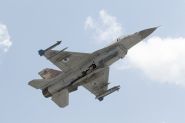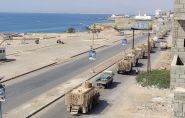
Israel Strikes South Lebanon, Kills Two
This is Beirut 06/01 17:20

This is Beirut 06/01 17:20

This is Beirut 06/01 09:30

This is Beirut 05/01 17:00

Hussain Abdul-Hussain 05/01 12:35

This is Beirut 05/01 09:10

This is Beirut 06/01 16:00

This is Beirut 06/01 14:30

This is Beirut 06/01 13:45

This is Beirut 05/01 14:45

This is Beirut 05/01 13:55
Hala Abdallah 06/01 21:35
Hala Abdallah 2025-12-30 17:00
Maria Chami 2025-12-30 13:00
Rayan Chami 2025-12-26 17:10

This is Beirut 2025-12-21 15:05

This is Beirut 2025-12-21 12:05

Eleonore Stephan for Huna Lubnan 2025-12-21 09:05

This is Beirut 2025-12-20 18:05

This is Beirut 2025-12-20 16:05

This is Beirut 06/01 17:00

This is Beirut 05/01 12:50

This is Beirut 02/01 21:05

This is Beirut 02/01 17:55

This is Beirut 2025-12-30 15:30

Makram Haddad 2025-12-19 08:40

Makram Haddad 2025-12-18 08:50

Makram Haddad 2025-12-17 11:30

Makram Haddad 2025-12-16 09:30

Makram Haddad 2025-12-12 11:10

Bélinda Ibrahim 2025-12-17 11:00

Makram Haddad 2025-12-17 08:50

Bélinda Ibrahim 2025-12-11 10:30

Bélinda Ibrahim 2025-12-10 12:00

Bélinda Ibrahim 2025-12-04 15:05